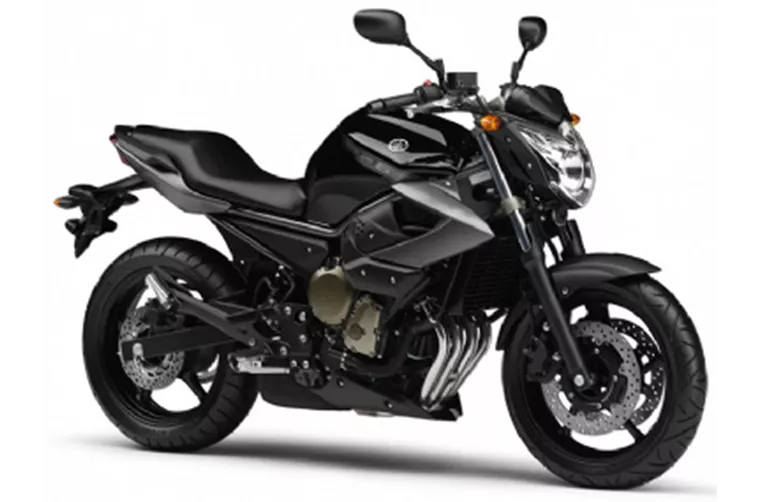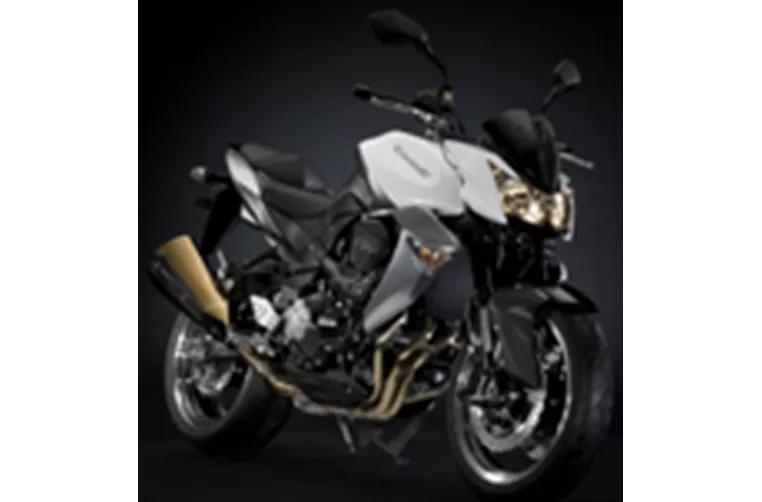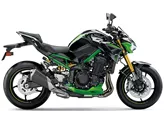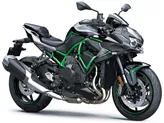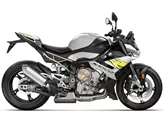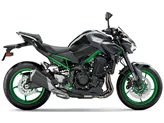Yamaha XJ6 2009 vs. Kawasaki Z1000 2009

Yamaha XJ6 2009

Kawasaki Z1000 2009
Overview - Yamaha XJ6 2009 vs Kawasaki Z1000 2009
The Yamaha XJ6 2009 and the Kawasaki Z1000 2009 are both naked bikes with similar technical specifications. However, there are some notable differences between the two models.
In terms of engine power, the Kawasaki Z1000 2009 has a significant advantage over the Yamaha XJ6 2009, with 125 HP compared to the XJ6's 78 HP. This means that the Z1000 offers a more powerful and thrilling riding experience.
Both bikes have liquid-cooled engines and four cylinders, ensuring efficient cooling and smooth performance. The Yamaha XJ6 has a displacement of 600ccm, while the Kawasaki Z1000 has a larger displacement of 953ccm. This larger displacement contributes to the Z1000's higher power output.
In terms of chassis, both bikes have steel frames. However, the Yamaha XJ6 features a double cradle frame, while the Kawasaki Z1000 has a central tube frame. These different frame types may result in slight variations in handling and stability.

Yamaha XJ6 2009
Both bikes are equipped with double disk front brakes, ensuring reliable stopping power. They also have the same front and rear tire diameter of 17 inches, contributing to their agile and maneuverable nature.
In terms of dimensions and weights, both bikes have a similar wheelbase of around 1440-1445mm. However, there are differences in seat height and fuel tank capacity. The Yamaha XJ6 has a lower seat height of 785mm, making it more accessible for riders of shorter stature. The Kawasaki Z1000, on the other hand, has a higher seat height of 820mm. In terms of fuel tank capacity, the Z1000 has a slightly larger tank with 18.5 liters compared to the XJ6's 17.3 liters.
Now, let's discuss the strengths and weaknesses of each bike. The Yamaha XJ6 2009 is known for its rider-friendly performance characteristics, offering a smooth and enjoyable riding experience. It also has an optimal clutch and playful, lighter handling, making it easy to maneuver in various riding conditions. The XJ6 also offers comfortable seating and has an individual look, appealing to younger riders who prefer a more aggressive and stylish design. Additionally, the XJ6 is praised for its high-quality build and components.

Kawasaki Z1000 2009
On the other hand, the Kawasaki Z1000 2009 stands out for its relatively high power output, providing a thrilling and exhilarating ride. It also has a powerful appearance, making a bold statement on the road. The Z1000 offers a comfortable riding position and has an optimal chassis, ensuring stability and control. Additionally, the Z1000 is considered to have an acceptable price, offering good value for its performance and features.
However, both bikes have their weaknesses. The Yamaha XJ6 2009 is criticized for its design components, which are not considered too demanding or visually appealing. It also has some limitations in torque development, which may affect its acceleration and overall performance.
On the other hand, the Kawasaki Z1000 2009 has been noted to have an uncontrollable instrument unit, which may cause inconvenience or difficulty in operating certain features. It also requires some manual force, which may be tiring or challenging for some riders.
In conclusion, the Yamaha XJ6 2009 and the Kawasaki Z1000 2009 are both capable naked bikes with their own strengths and weaknesses. The XJ6 offers a rider-friendly performance and a unique look, while the Z1000 provides a more powerful and aggressive riding experience. Ultimately, the choice between the two will depend on the rider's preferences and priorities.
Technical Specifications Yamaha XJ6 2009 compared to Kawasaki Z1000 2009
Pros and Cons in comparison
Pros and Cons in comparison
Yamaha XJ6 2009
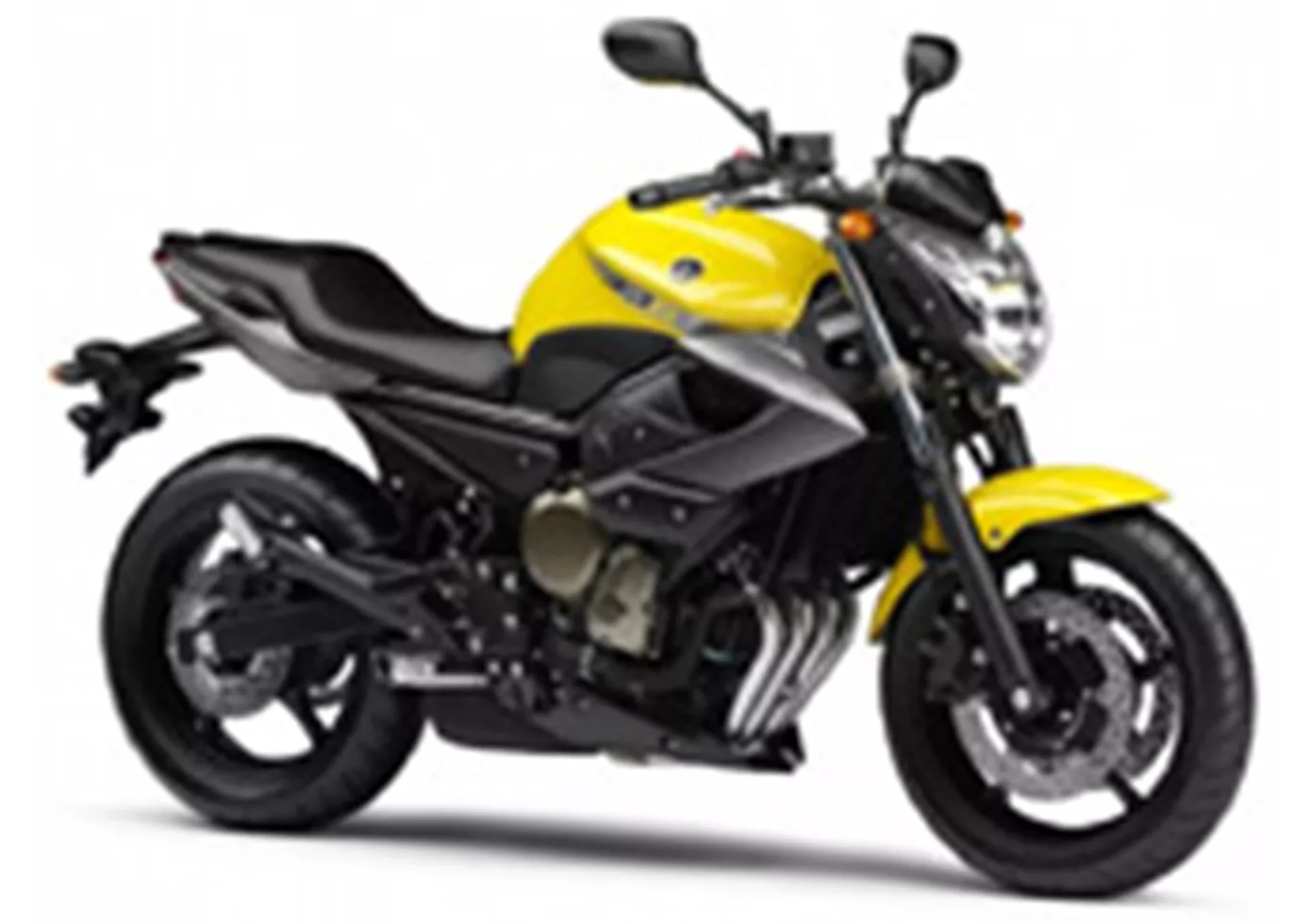
Despite the common basis, the XJ appears much younger and more aggressive. A mid-cass motorbike that by no means makes you feel mid-range. Except for the swingarm, the motorbike appears quite high-quality and cool. The bike is a little easier to handle than the Diversion.
Kawasaki Z1000 2009
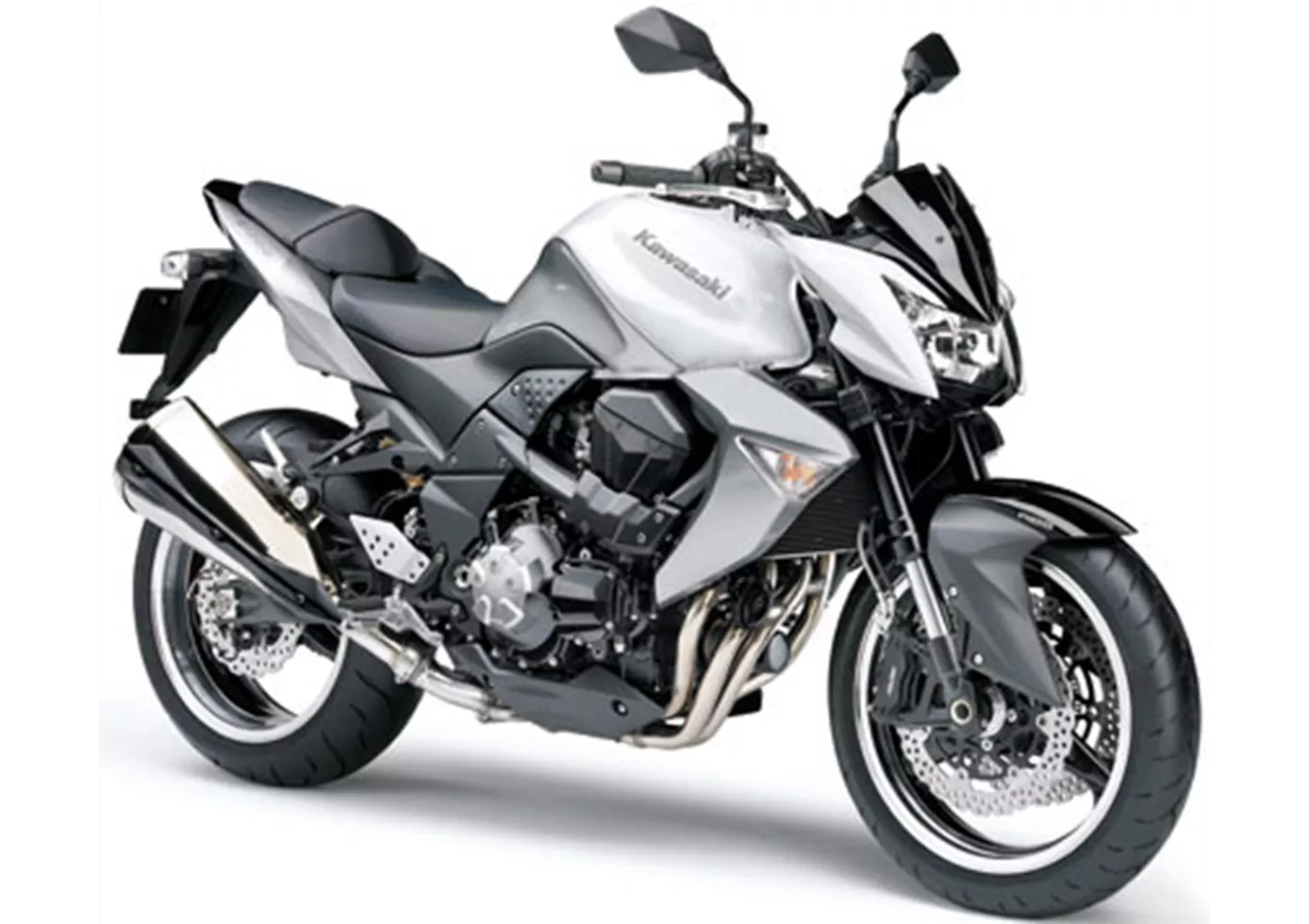
Kawasaki did well to rethink and rebuild the Z1000 from the ground up. It was given a dark soul whose roots lie in the (un)good old days, but it seems more genuine and cohesive thanks to its independent development. Kawa did justice to itself and the wishes of its customers to a high degree. All in all, a courageous product for courageous riders.
Price Comparison Avarage Market Price Yamaha XJ6 vs Kawasaki Z1000
There are a few key differences between a Yamaha XJ6 2009 and a Kawasaki Z1000 2009. In terms of price, the actual average price of a Kawasaki Z1000 2009 is about 36% higher. Compared to Kawasaki Z1000 2009 there are less Yamaha XJ6 2009 bikes available on the 1000PS.de Marketplace, specifically 6 compared to 10. It takes less time to sell a Yamaha XJ6 with 31 days compared to 63 days for a Kawasaki Z1000. Since model year 2009 1000PS.de editors have written 4 reviews for the Yamaha XJ6 and 41 reviews for the Kawasaki Z1000 since model year 2005. The first review for the Yamaha XJ6 was published on 11/13/2008 and now has more than 21,900 views. This compares to more than 5,800 views for the first review on Kawasaki Z1000 published on 9/2/2002.
